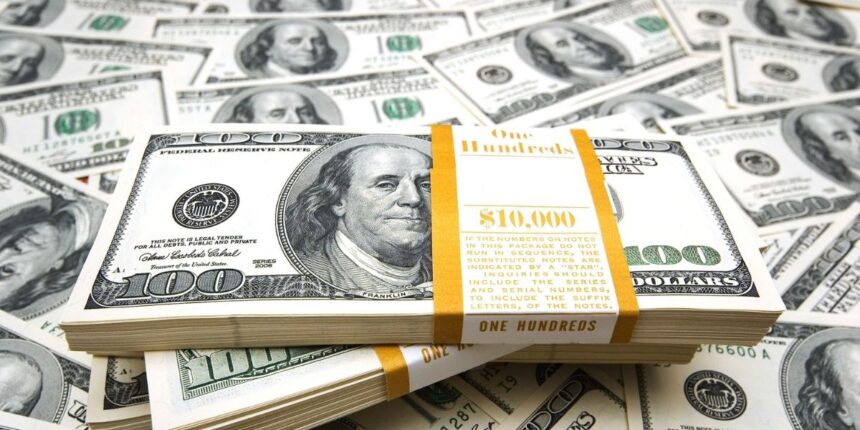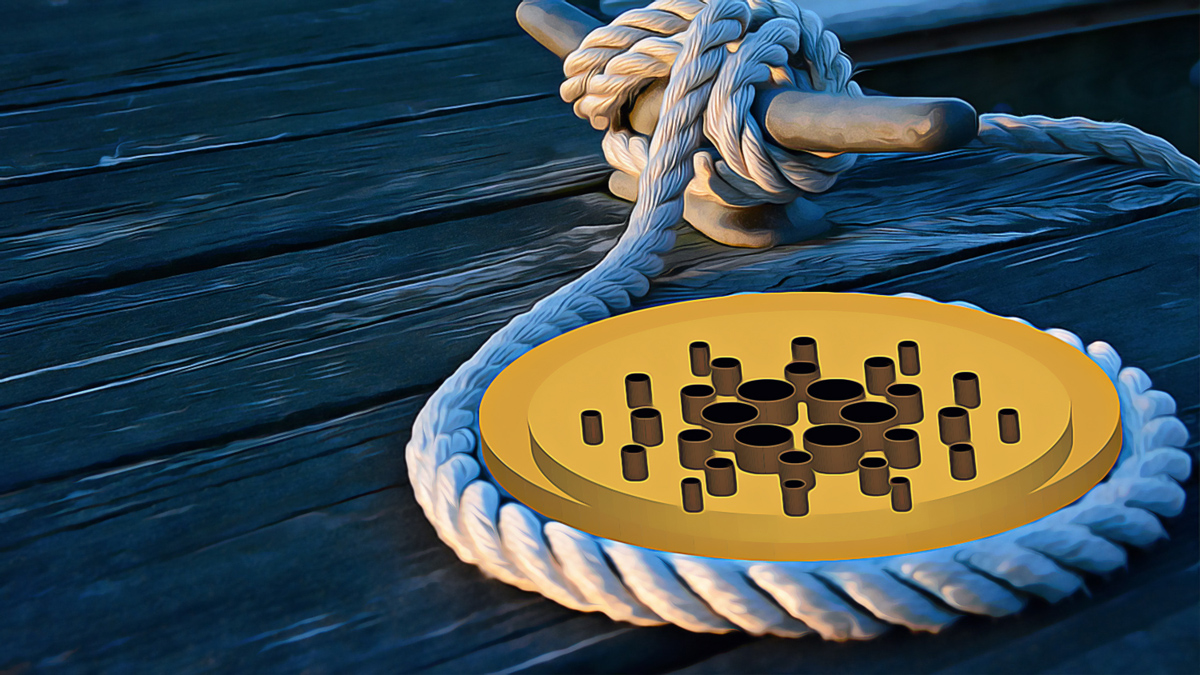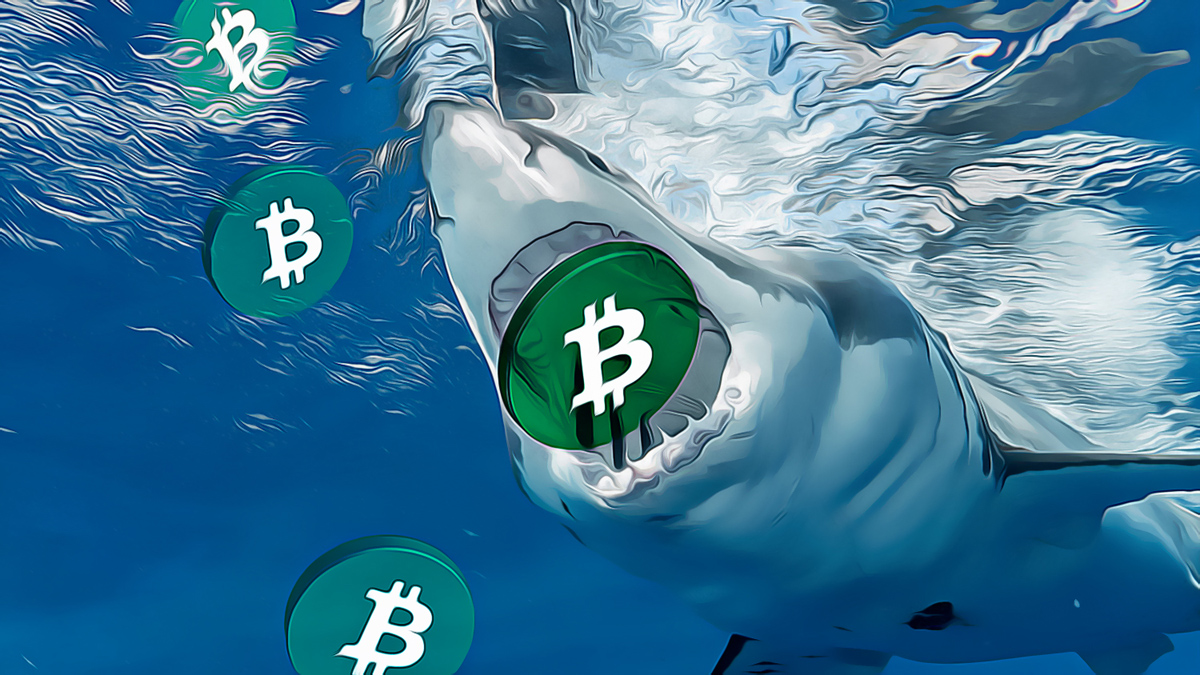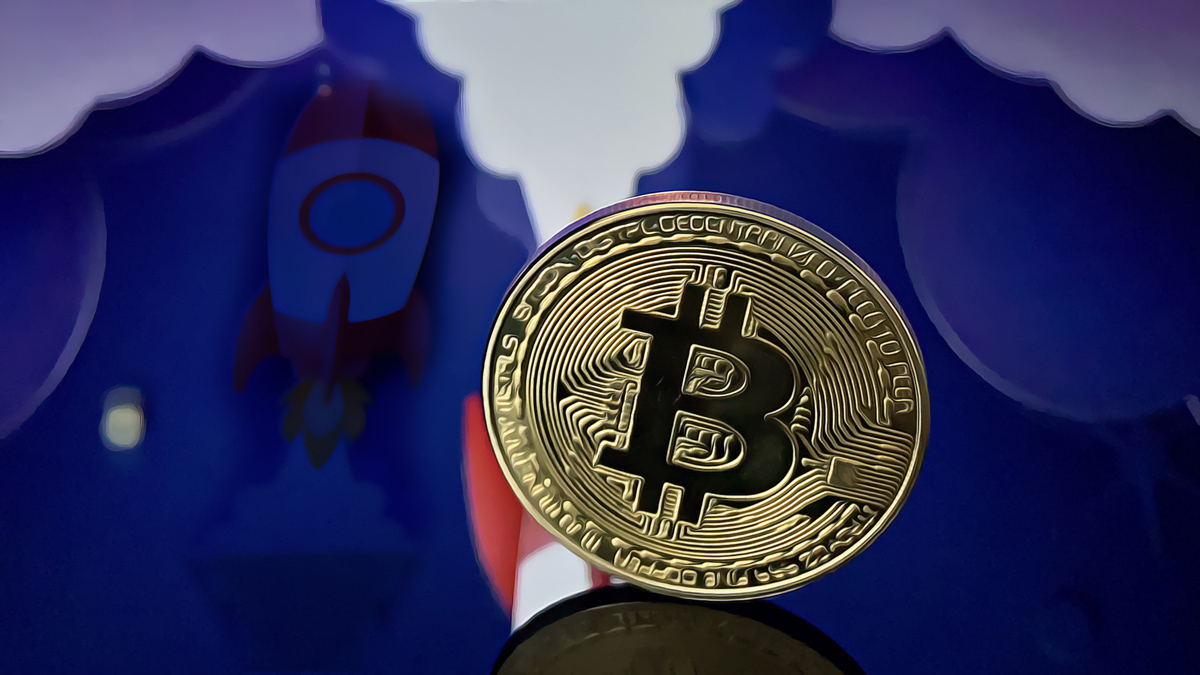Credit card default rates in the United States have reached a 14-year high. According to Financial Times, a significant increase in unpaid credit card debts has been observed.
Rising Total Debt Write-Offs
In the first nine months of 2024, lenders collectively had to write off $46 billion in severely delinquent loans. Data compiled by the Federal Deposit Insurance Corporation (FDIC) and BankRegData indicates that this figure represents a 50% increase compared to the previous year.
According to BankRegData, Capital One customers are facing the highest credit card default rates. The total amount in default, which stands at $7.68 billion, corresponds to 5.36% of credit card loans. Citi Bank follows with a 2.93% default rate amounting to $4.79 billion. Other banks, including Synchrony Bank, JPMorgan Chase, Discover Bank, and Bank of America, are experiencing similar challenges in debt repayment.
Economic Context of the U.S.
The rapid increase in credit card debt is viewed as an indicator of strained consumer finance following rising inflation and interest rates. Mark Zandi, President of Moody’s Analytics, noted that an increase in overall credit card debt signals a decline in consumer spending power.
“High-income households are doing well, but the bottom third of U.S. consumers are financially struggling. Current savings rates are at zero.” – Mark Zandi, Moody’s Analytics
Economic indicators reveal that especially low-income consumers are struggling to meet their debt obligations. This situation could prompt lenders to reassess their risks and make changes to their lending policies.
The surge in credit card debt can also be interpreted as a reflection of overall economic health. A high debt burden may restrict consumer spending and negatively impact economic growth.
Challenges in debt repayment could lead to falling credit scores and threaten long-term financial stability. Gaining financial counseling has become crucial for consumers to improve their financial situation. Beyond these issues, it remains uncertain what support plans Trump will announce to rectify this situation. Additionally, substantial moves like imposing extra tariffs on products from China could exacerbate inflation, making matters even more complicated. Will the Fed maintain its slow approach to easing interest rates in such tough conditions? Only time will tell, as we will see this unfold in 2025.
Recent economic fluctuations particularly affect low and middle-income groups. Raising consumer awareness about debt management and improving financial literacy may contribute to addressing this issue.

 Türkçe
Türkçe Español
Español









